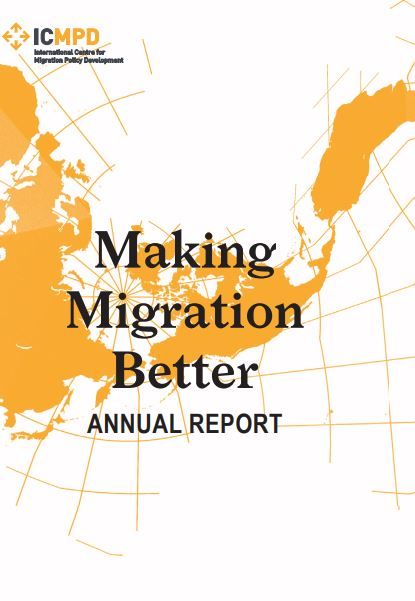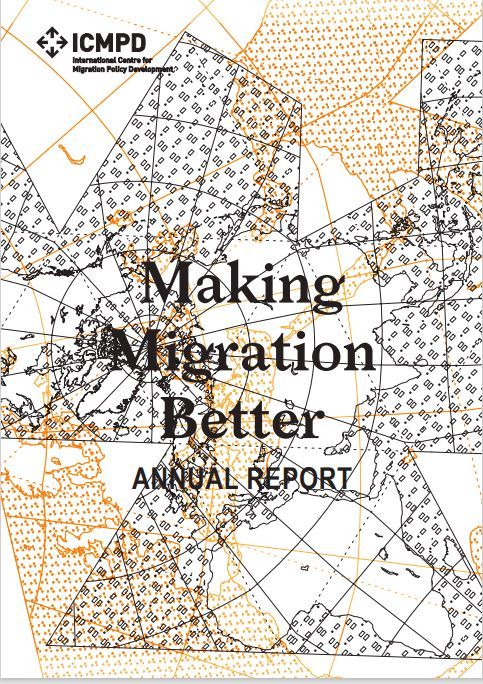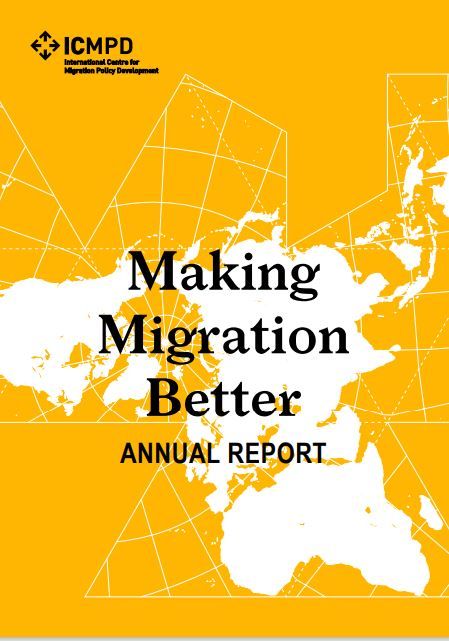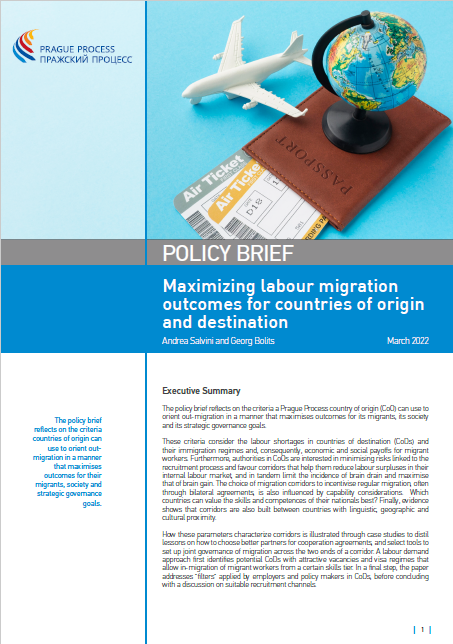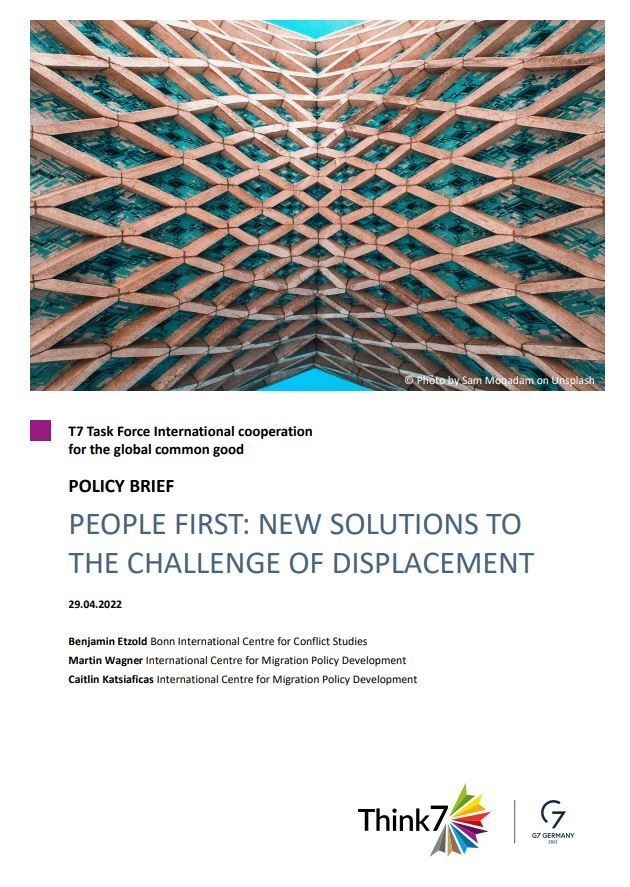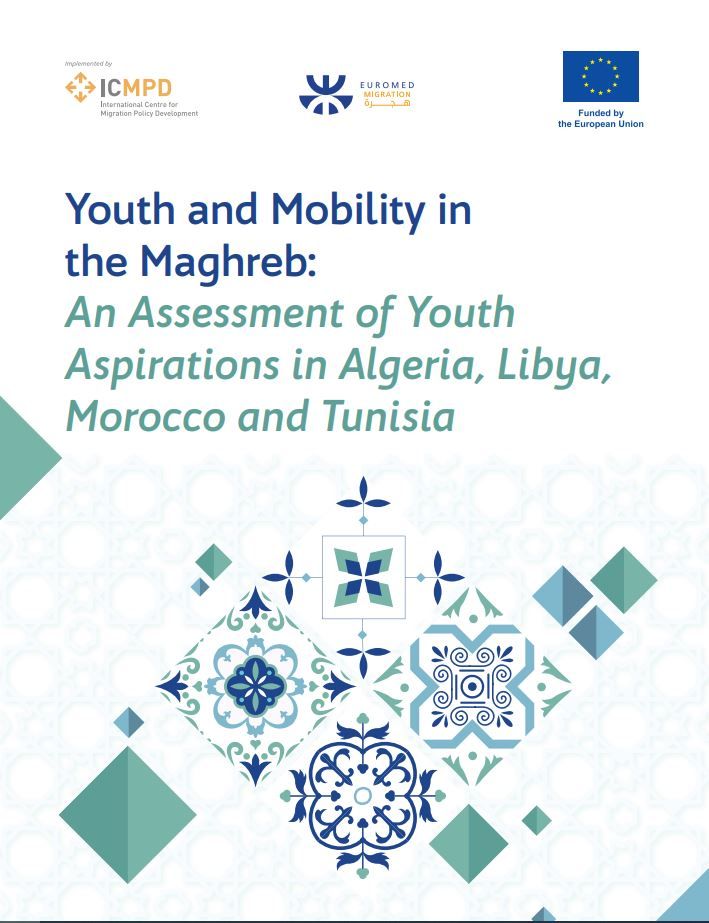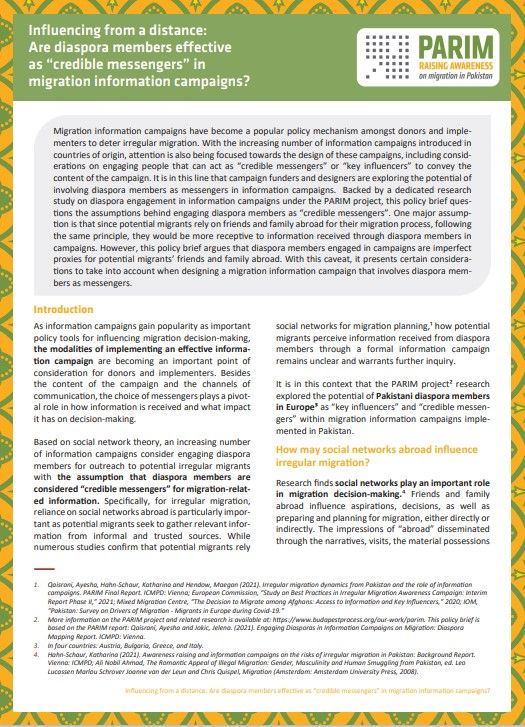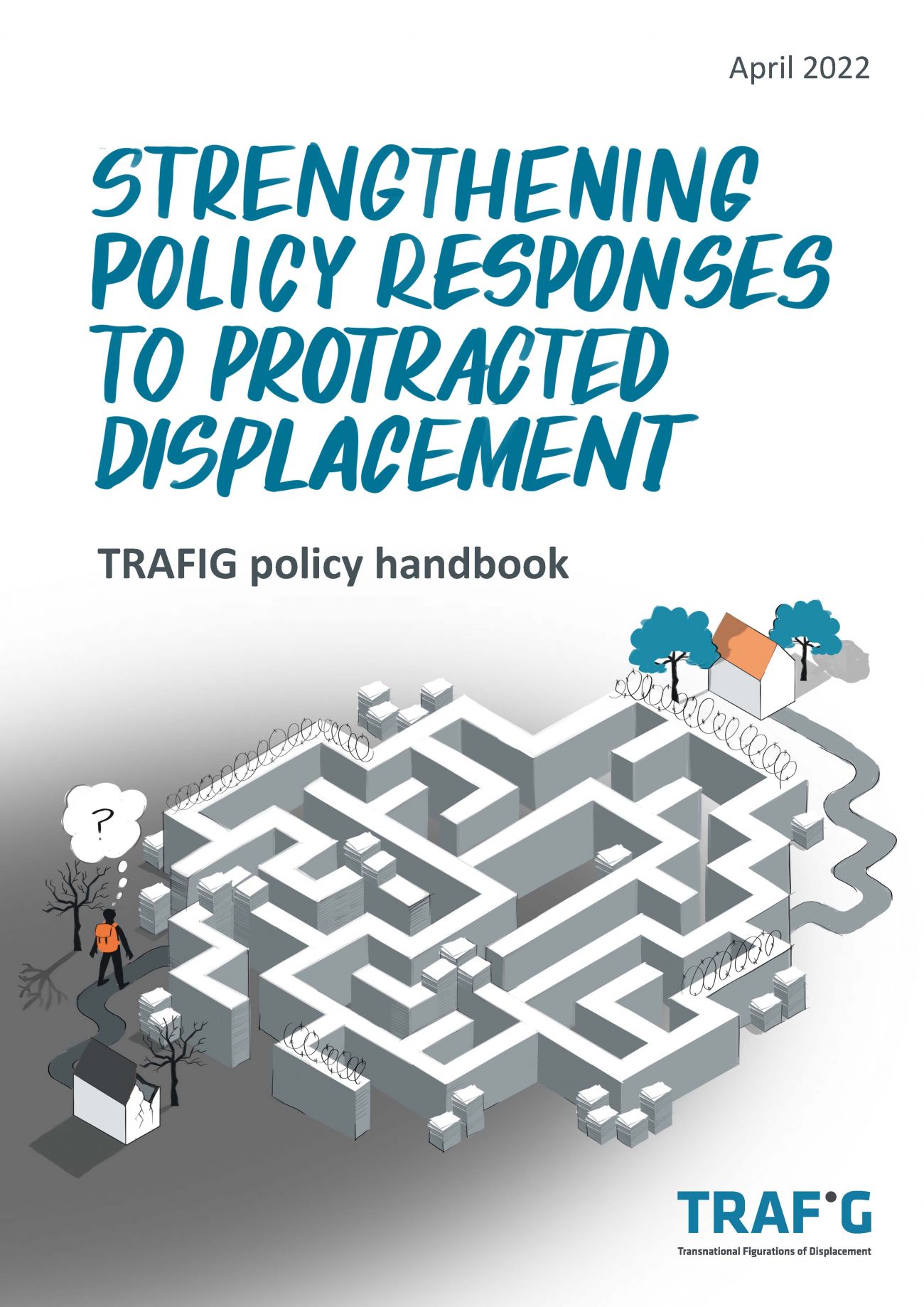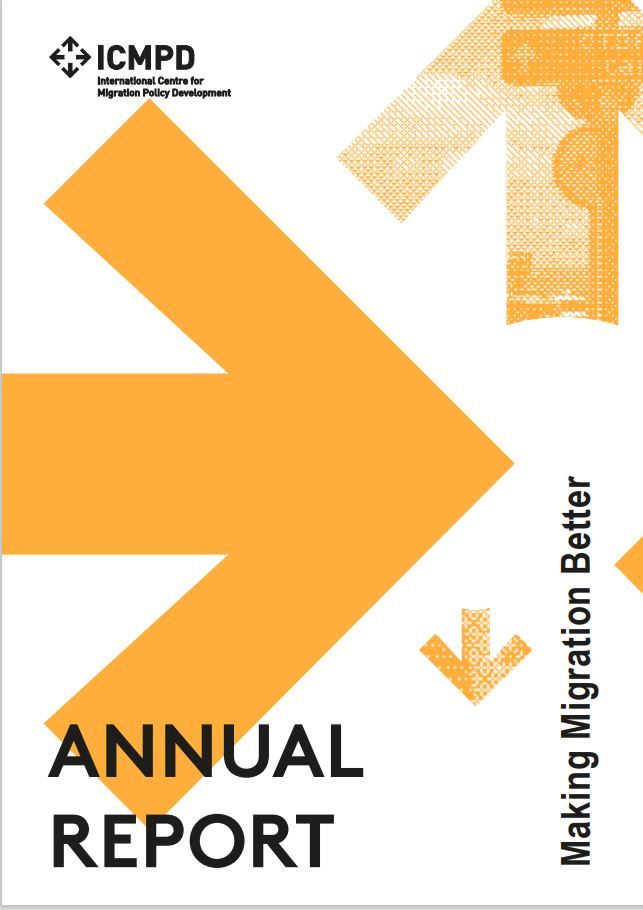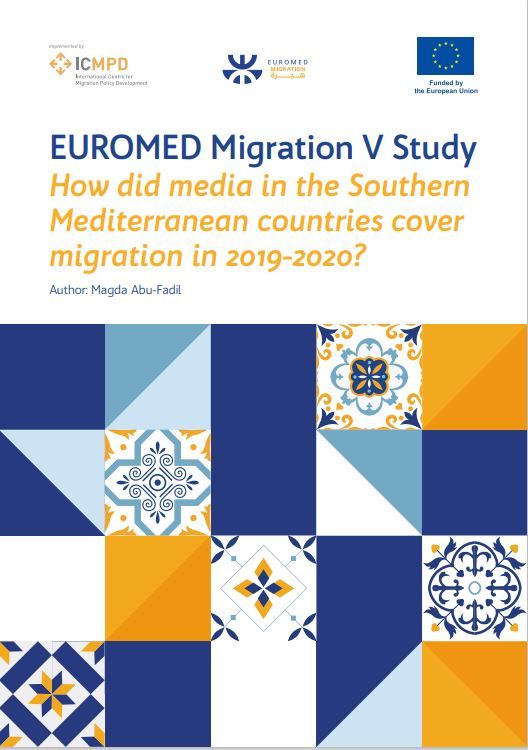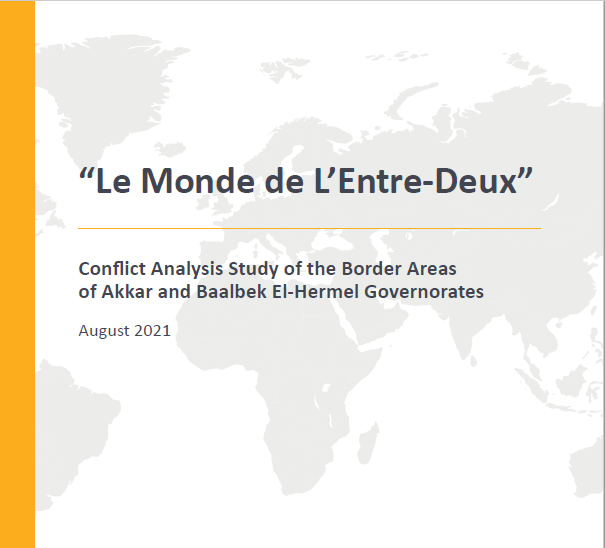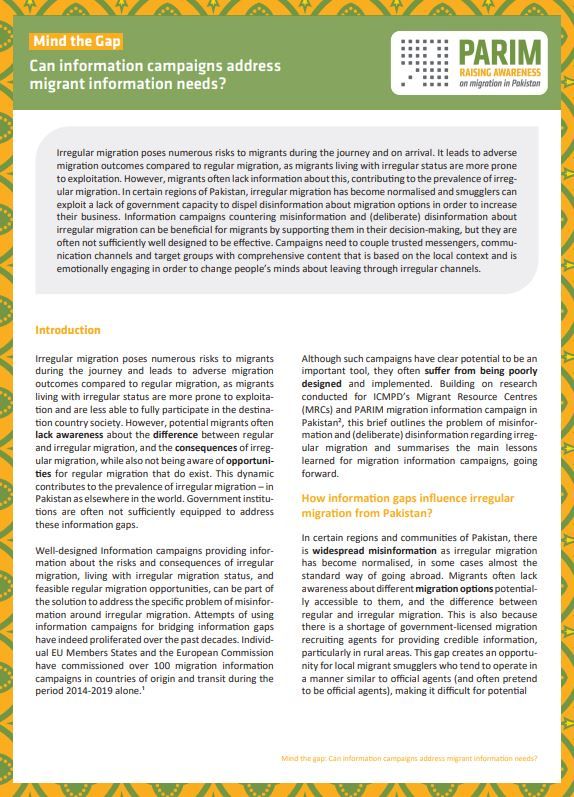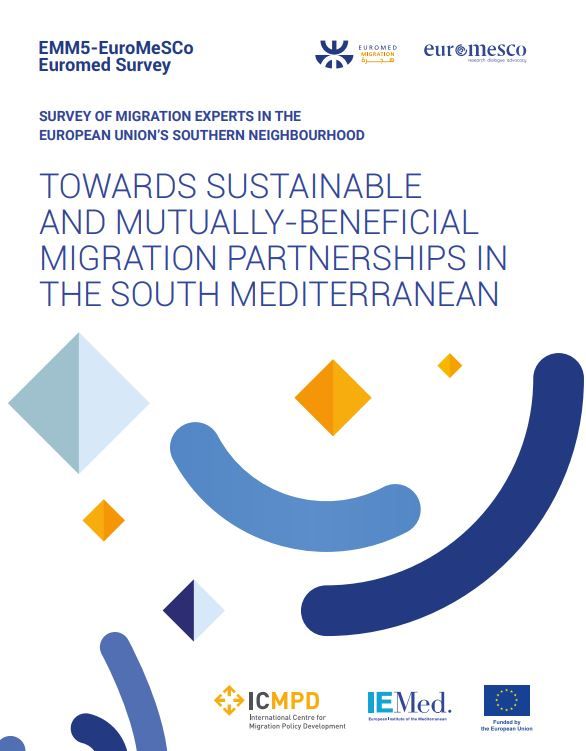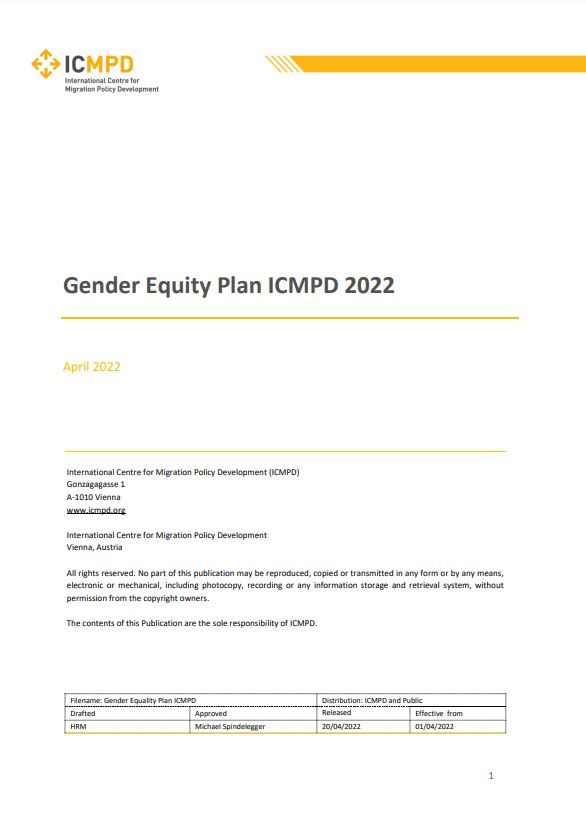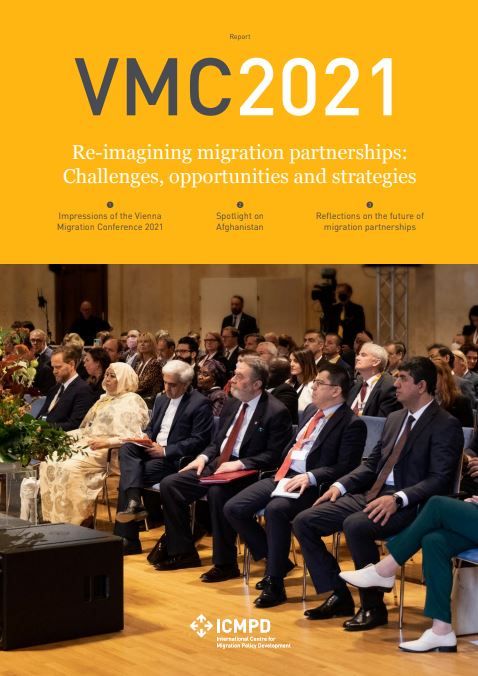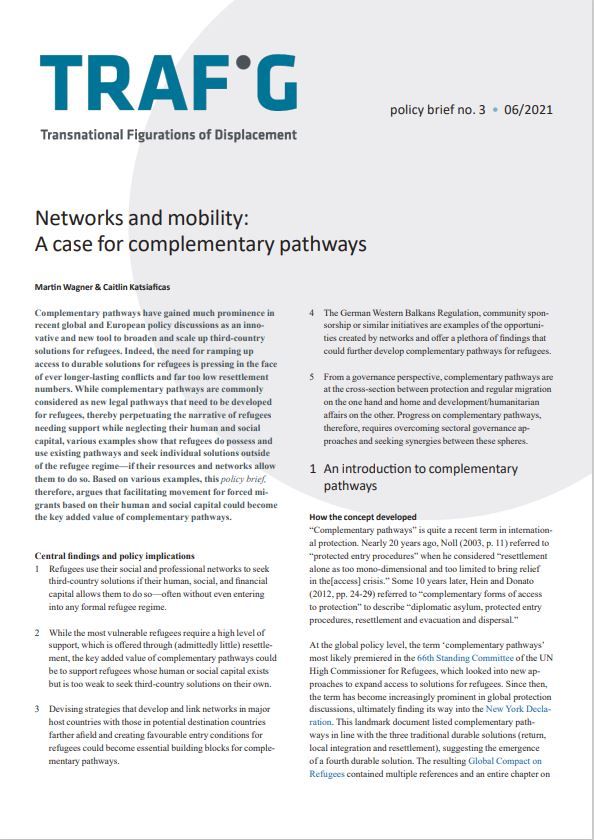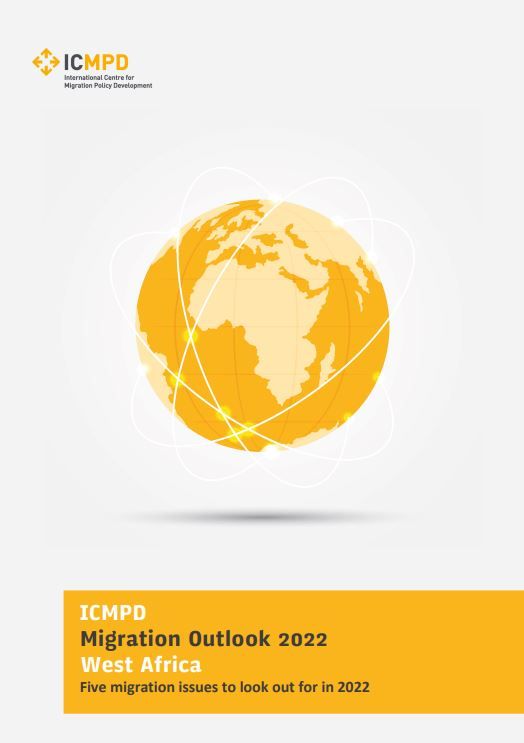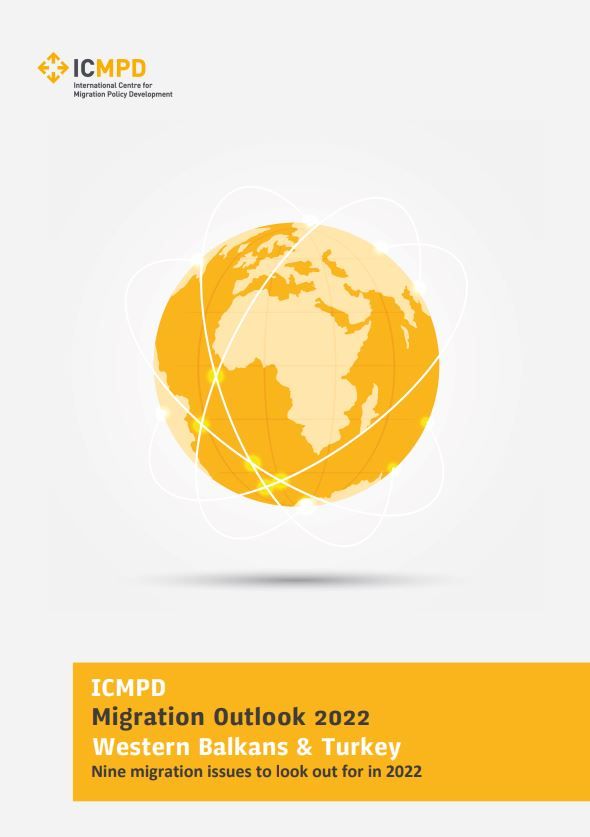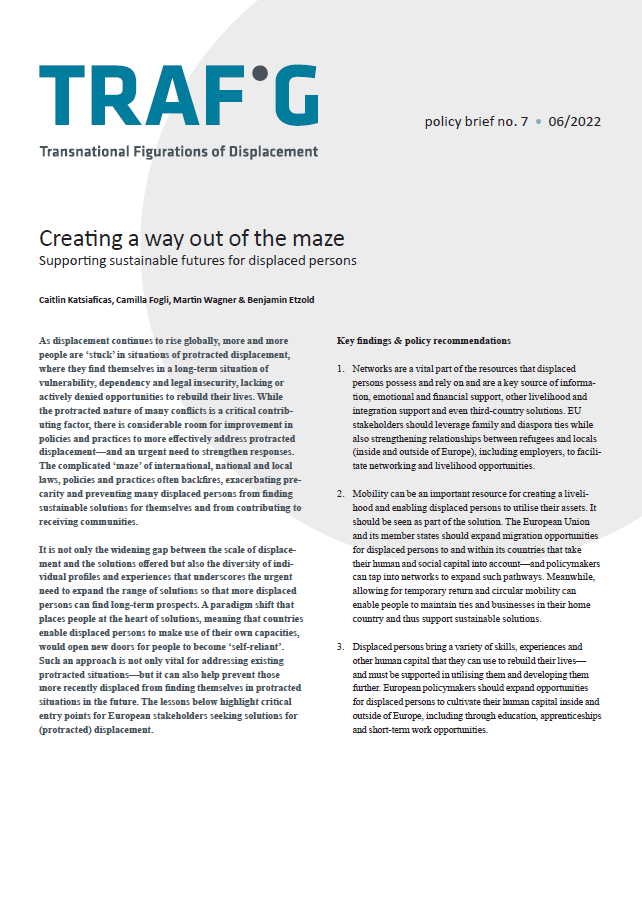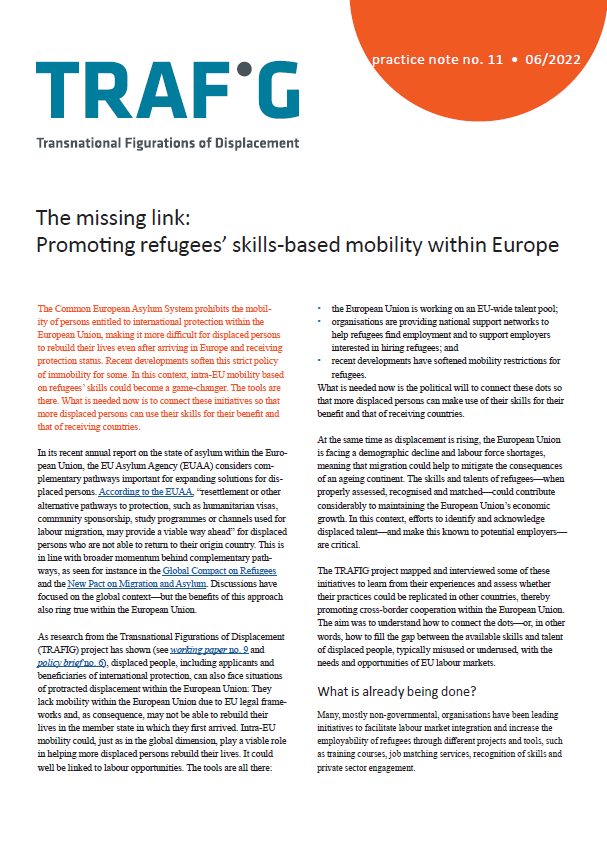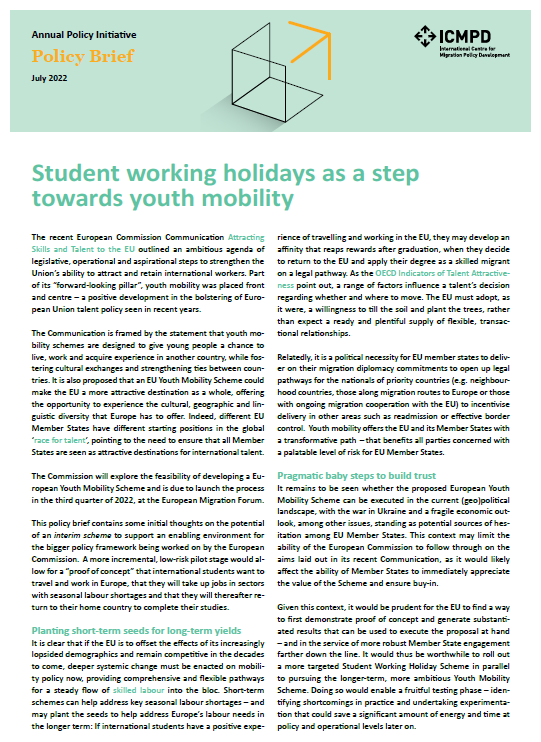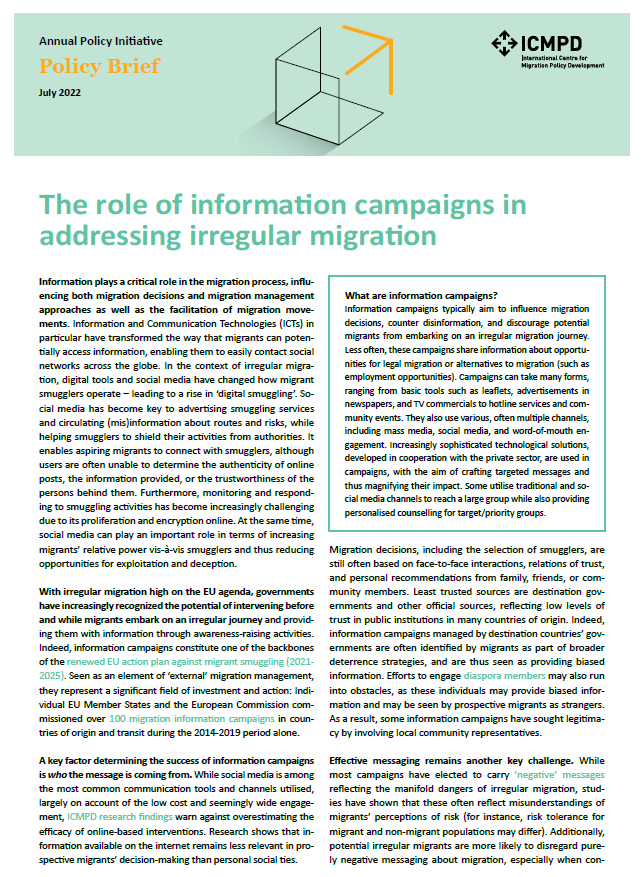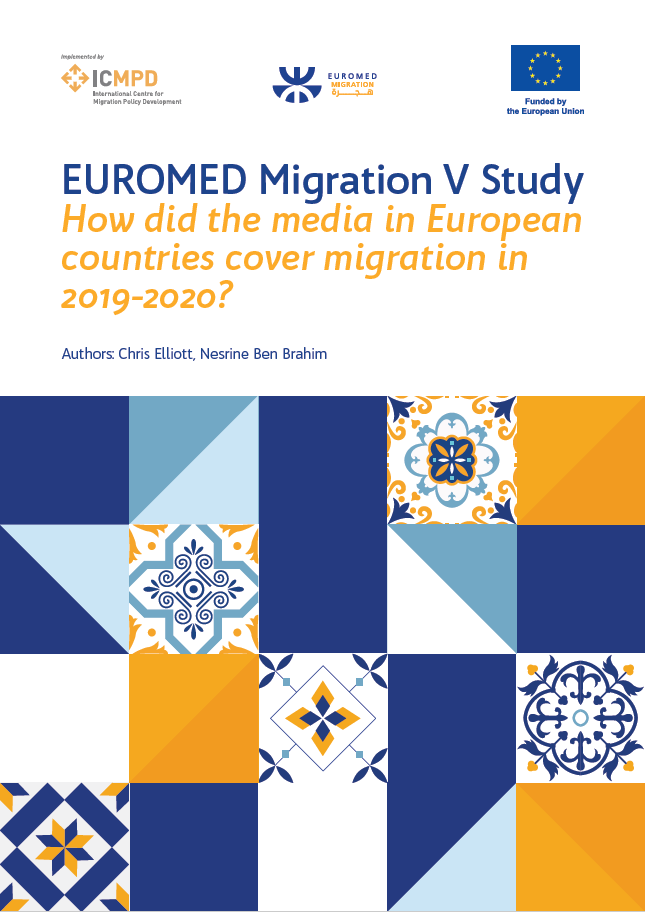Authors: Andrea Salvini and Georg Bolits
The policy brief reflects on the criteria a Prague Process country of origin (CoO) can use to orient out-migration in a manner that maximises outcomes for its migrants, its society and its strategic governance goals.
These criteria consider the labour shortages in countries of destination (CoDs) and their immigration regimes and, consequently, economic and social payoffs for migrant workers. Furthermore, authorities in CoOs are interested in minimising risks linked to the recruitment process and favour corridors that help them reduce labour surpluses in their internal labour market, and in tandem limit the incidence of brain drain and maximise that of brain gain. The choice of migration corridors to incentivise regular migration, often through bilateral agreements, is also influenced by capability considerations. Which countries can value the skills and competences of their nationals best? Finally, evidence shows that corridors are also built between countries with linguistic, geographic and cultural proximity.
How these parameters characterize corridors is illustrated through case studies to distil lessons on how to choose better partners for cooperation agreements, and select tools to set up joint governance of migration across the two ends of a corridor. A labour demand approach first identifies potential CoDs with attractive vacancies and visa regimes that allow in-migration of migrant workers from a certain skills tier. In a final step, the paper addresses “filters” applied by employers and policy makers in CoDs, before concluding with a discussion on suitable recruitment channels.



